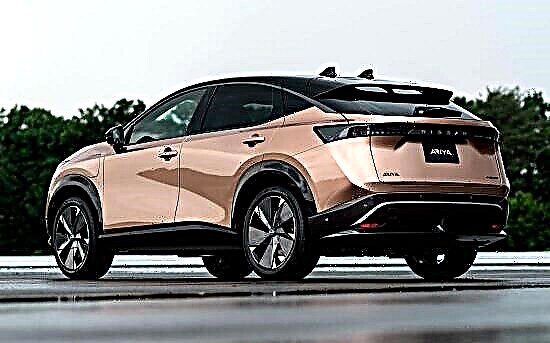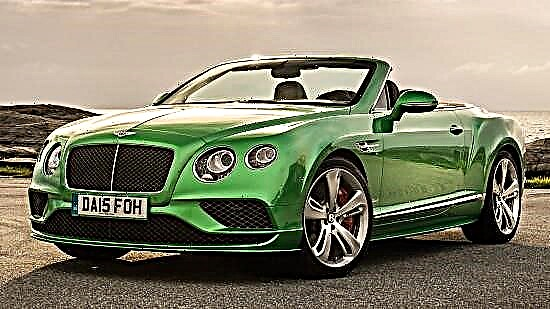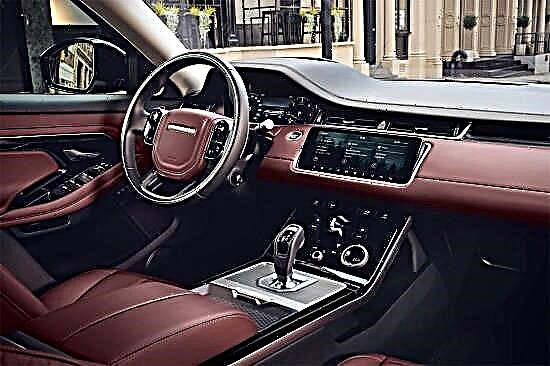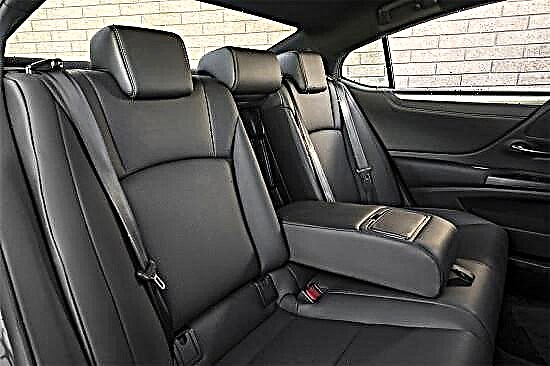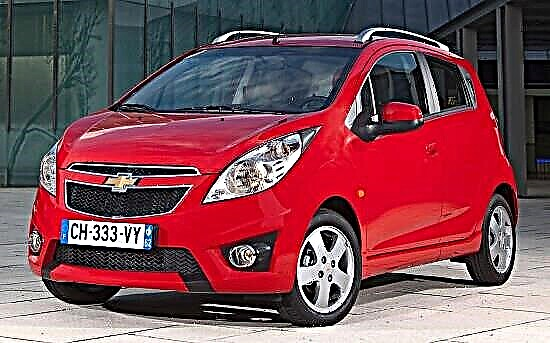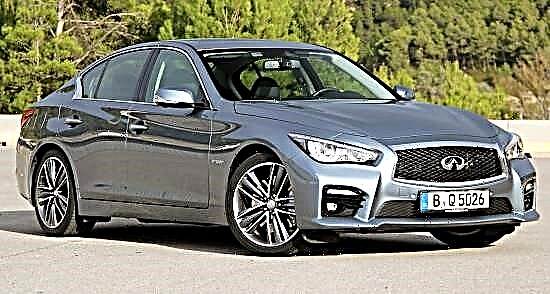The public first saw the Infiniti Q50 Hybrid premium hybrid sedan at the Detroit Motor Show in January 2013.

The "eco-modification" of the three-volume tank received a gasoline-electric power plant, while the rest of the parameters of the "hybrid" remained identical to its gasoline "brother".

In March 2017, at the International Geneva Motor Show, the premiere was celebrated by a restyled four-door - it got prettier on the outside (due to new bumpers, a radiator grille and tweaked lights) and inside (different steering wheel and selector "automatic"), and also replenished its functionality with unavailable formerly "gadgets" (for example, the semi-autonomous driving system ProPilot).

The appearance of the hybrid Japanese sedan does not differ from that of the usual Infiniti Q50.
The car looks thoroughbred and sporty, it is not devoid of aggression, and elements such as a chrome grille, frowning head optics, characteristic embossing on the sidewalls and an elegant curvature of the C-pillar give the model an Infiniti brand.
Formally, this is a D-class sedan (European classification), but in size as close as possible to the representatives of the "business" class: 4790 mm in length, of which 2850 mm falls on the distance between the pairs of wheels, 1820 mm in width and 1445 mm in height ...
In running order, the car weighs from 1825 to 1901 kg, depending on the modification.

The interior of the Q50 Hybrid is designed in the same style as the interior of the petrol model. The machine is capable of boasting verified ergonomics (but still there is not enough attention to detail here), high-quality finishing materials and modern technical solutions.

Inside, you can see an informative dashboard and two color displays on the center console, each of which is responsible for certain functions (the diagonal of the upper screen is 8 inches, the lower one is 7 inches).

The premium hybrid triple-spacer is equipped with comfortable front seats with pronounced lateral support, heating and wide adjustment ranges (all electric). The rear sofa can accommodate three passengers, but the high tunnel in the center will interfere with the legs of the average rider.
The Infiniti Q50 Hybrid sedan has a luggage compartment with a volume of 400 liters. Under the raised floor, there was a place for lithium-ion rechargeable batteries, which ate a significant part of the volume. The backrest of the rear seat does not fold down, so you should forget about transporting long items.

The Infiniti Q50 hybrid powerplant consists of a 3.5-liter V6 petrol unit that generates 302 horsepower and 350 Nm of peak thrust, and a 67-horsepower electric motor (50 kW) that adds 290 Nm of torque. The total output is 364 "horses" and 546 Nm.
In addition, the car is equipped with two clutches - one disengages the "six" when driving on pure electricity, and the second disconnects the propeller shaft and the "automatic" when starting the engine. A seven-speed automatic transmission with manual shift technology is responsible for directing traction to the wheels.
For the hybrid sedan, a rear-wheel drive transmission or ATTESA E-TS all-wheel drive system with a multi-plate clutch in the front axle drive is offered. In the second case, all traction is constantly transmitted to the rear wheels, however, in the event of a slip of the front wheels, they can receive up to 50% of its volume.
In terms of other technical parameters, the hybrid is completely identical to the usual three-volume Infiniti Q50.
The "double-moving" four-door has a driver's character: it rushes to conquer the second "hundred" in 5.1-5.4 seconds (depending on the type of drive), and it reaches a maximum of 250 km / h (such indicators are limited by electronics).
In the combined cycle, the car consumes from 6.2 to 6.8 liters of fuel for every 100 kilometers.
The Infiniti Q50 Hybrid is not officially supplied to the Russian market, but in the countries of the Old World (for example, in Germany) it is sold at a price of 49,500 euros (this is ~ 3.4 million rubles).
In terms of standard and additional equipment, the car practically does not differ from its "traditional counterparts".


